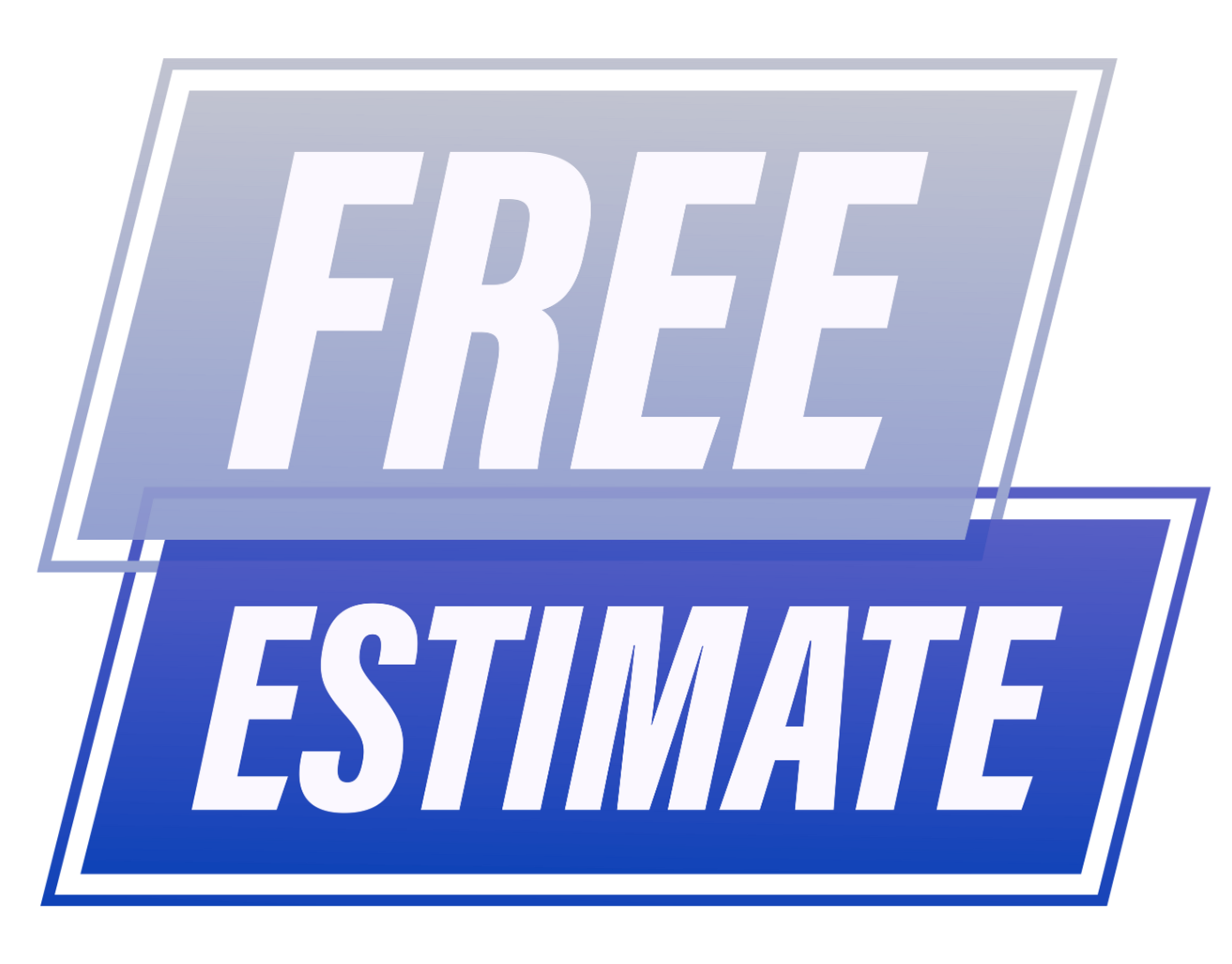Retaining Wall Services in Lexington
We know retaining walls are more than just concrete and stone — they’re about protecting your property, managing your landscape, and adding value that lasts for decades. Whether you're dealing with sloping terrain, soil erosion, or simply want to add visual structure to your outdoor space, a professionally built retaining wall offers the perfect combination of function and curb appeal.
We specialize in concrete retaining walls that are engineered for strength, drainage, and long-term durability — all while keeping your budget and design goals front and center.

What to Expect: Getting a Retaining Wall. The step-by-step process
We’ve helped homeowners and businesses transform plain concrete into beautiful, durable surfaces that mimic stone, brick, slate, and even wood — without the high cost or maintenance. Whether you're updating your patio, driveway, walkway, or pool deck, stamped concrete is one of the most stylish and long-lasting options available. Our process is built on quality craftsmanship, clear communication, and customer satisfaction from start to finish.
Step 1: Consultation & Design
We start with a no-obligation consultation where we listen to your vision, evaluate the area, and offer expert recommendations. You’ll choose from a wide range of patterns, colors, and finishes — whether you’re going for a rustic stone look or a modern slate design, we’ll help you find the perfect match.
Step 2: Site Prep & Forming
Once we finalize the design, we prepare the area by clearing debris, grading the surface, and building the forms. Proper preparation is critical for long-term durability, so we ensure a solid, stable base before any concrete is poured.
Step 3: Pouring, Coloring, & Stamping
This is where the magic happens. We pour high-quality concrete, mix in your chosen color, and apply texture mats (stamps) while the surface is still workable. Our precision during this step ensures clean patterns, consistent texture, and a natural look that boosts curb appeal instantly.
Step 4: Curling, Sealing, & Final Walkthrough
After the concrete is stamped, we allow it to cure properly, then apply a high-performance sealer to protect against weather, stains, and fading. We finish with a final walkthrough to make sure every detail meets your expectations — and ours.
Concrete pouring is a complex process, but with the right expertise, it can result in a flawless and long-lasting structure. Our team is committed to providing high-quality concrete services with precision and care at every step. Whether you're planning a residential project or a large commercial undertaking, we have the skills and experience to make it a success. Reach out to us today to discuss your project and schedule your consultation. Let’s bring your vision to life with expert concrete pouring and unmatched customer service.

